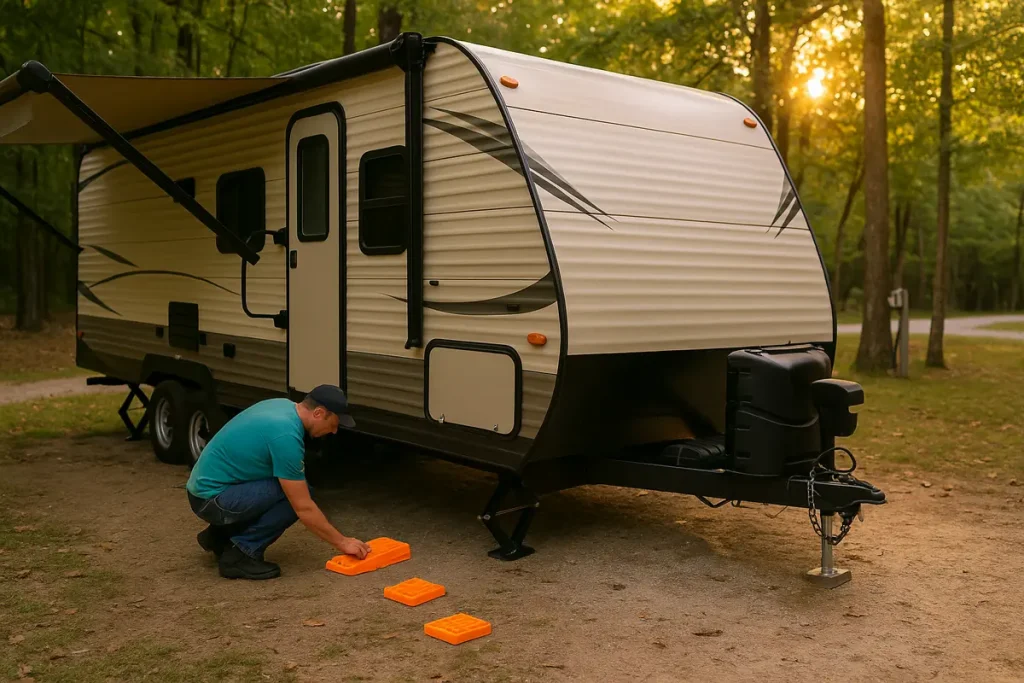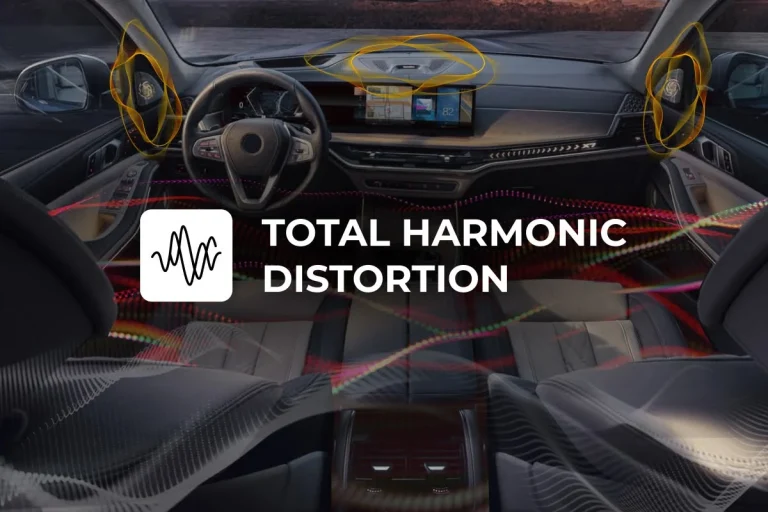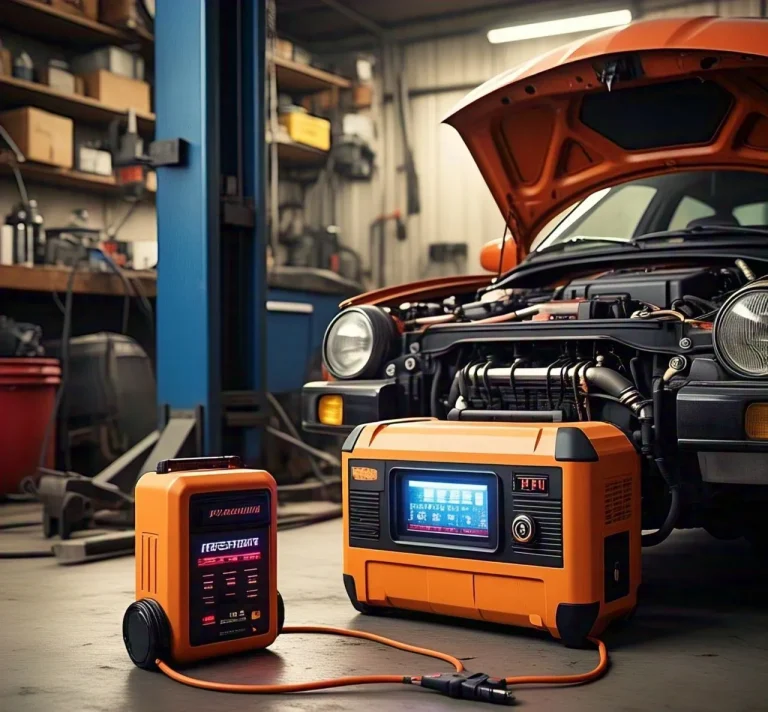The Ultimate Checklist for Preparing Your RV for Campgrounds

How to Get Your RV Campground-Ready: A Step-by-Step Guide
Preparing your RV before arriving at a campground ensures a smooth, enjoyable, and stress-free outdoor experience. From checking essential systems to leveling and stabilizing your rig, proper setup can protect your equipment, extend your vehicle’s life, and make your stay much more comfortable.
This comprehensive checklist will walk you through everything you need to do before and after you park at your chosen site.
Exterior Inspection and Pre-Arrival Safety Checks
Begin your campground preparations with a walkaround inspection of your RV:
- Tires and Wheels: Check the pressure and tread depth. Look for cracks or bulges and ensure the lug nuts are secure.
- Exterior Lights: Confirm that brake lights, turn signals, and headlights are functioning correctly.
- Roof, Vents, and Seals: Look for damage or deterioration that could lead to leaks.
- Awnings and Slide-Outs: Inspect for wear and ensure they extend and retract smoothly.
Keeping up with these checks helps prevent on-site issues that can delay your setup or create safety concerns.
Power, Propane, and Water Systems
Make sure your essential utilities are in working order before arriving at your site:
- Battery Condition: Verify your battery voltage and recharge if necessary.
- Propane Tanks: Check for leaks using a soap-and-water solution and ensure tanks are filled.
- Fresh Water Tank: Clean and sanitize regularly. Fill the tank before traveling to remote sites.
- Water Pump & Filter: Test the pump and replace any worn-out water filters.
- Gray and Black Water Tanks: Empty both tanks before travel, and inspect hoses and valves for cracks or leaks.
Reliable water, power, and waste systems ensure you can enjoy hot showers, cold drinks, and a clean, functional space on the road.
Leveling Solutions for Uneven Terrain
Campsites—especially in natural settings—rarely offer a perfectly flat surface. That’s where Leveling Solutions become critical. An uneven RV can affect everything from sleeping comfort to refrigerator function. Even a slight tilt can cause doors to swing open, water to pool incorrectly, or furniture to feel unsteady.
One of the easiest ways to ensure a balanced setup is by using a Camper Leveling Kit. These kits help adjust your RV’s position side-to-side and front-to-back, often through interlocking ramps or mechanical systems.
For best results:
- Use a bubble level or smartphone leveling app.
- Adjust tire height on the low side using ramps or blocks.
- Lower stabilizer jacks only after leveling is complete.
These simple steps go a long way in protecting your vehicle and improving your stay.
Effective Stabilization Techniques
Once your RV is level, it’s time to stabilize it. This prevents movement when walking inside or during windy conditions.
Here are some Easy Camper Stabilization practices:
- Chock the Wheels: Use rubber or plastic chocks to keep the RV from rolling.
- Deploy Stabilizer Jacks: Lower your RV’s stabilizer jacks to add firmness and eliminate bounce.
- Consider Aftermarket Supports: Additional stabilizers can help with slide-outs or rear-end movement.
Stabilization enhances comfort and prevents damage to the RV frame over time, especially on longer stays.
Setup Tools and Accessories
A successful campground setup also relies on a few important accessories. Consider packing the following:
- Leveling Blocks for RVs: These stackable blocks help support tires and jacks on uneven or soft ground.
- Electrical Surge Protector: Protect your RV’s electrical system from voltage spikes and low-power issues.
- Drinking Water Hose with Filter: Use a dedicated, food-grade hose and in-line filter to ensure clean water.
- Sewer Hose and Support: Keep waste drainage efficient and tidy.
- Pressure Regulator: Regulates incoming water pressure to protect your RV plumbing.
Having the right tools reduces wear and tear on your RV and ensures everything runs as it should.
Preparing the Interior
Before hitting the road or starting your stay, don’t forget these inside-the-RV tasks:
- Secure Loose Items: Store kitchenware, electronics, and toiletries to prevent shifting during travel.
- Turn On Appliances: Pre-cool the refrigerator, test the air conditioning and heating units.
- Check Smoke & Carbon Monoxide Detectors: Safety is critical, especially in smaller enclosed areas.
- Test Lighting and Outlets: Confirm that all lights and power outlets are functioning.
A well-organized interior sets the tone for a peaceful and hassle-free stay at the campground.
Pro Tips for an Efficient Setup
To enhance your efficiency when setting up at a new site, consider the following practical tips:
- Scout the Site First: Before pulling in, walk the site to identify the most level area and plan your approach.
- Use a Spotter: Have a second person help guide you into place to avoid obstacles and improve alignment.
- Make Setup Routine: Create a repeatable step-by-step process that includes leveling, stabilizing, and utility connections.
- Keep Tools Accessible: Store your leveling and hookup gear in an easily reachable compartment.
These habits help reduce stress, minimize mistakes, and get your setup completed faster so you can enjoy your destination.
FAQs
Why is leveling my RV so important?
Leveling your RV ensures the proper operation of appliances, improves sleep quality, and prevents long-term damage to the structure and systems.
Can I use homemade materials for leveling?
Wood planks may work temporarily, but they can splinter or slip. Products like Leveling Blocks for RVs and proper Camper Leveling Kits offer safer, more reliable results.
When should I stabilize my RV?
Stabilize after leveling. This helps prevent shifting or rocking when people move around inside the RV.
How can I tell if my RV is completely level?
Use a bubble level or smartphone app to check both front-to-back and side-to-side orientation. Adjust as needed using leveling ramps or blocks.
What’s the difference between leveling and stabilizing?
Leveling adjusts the RV to a flat surface, while stabilizing secures it in place to prevent movement.
Conclusion
Taking time to prepare your RV before reaching a campground can save you frustration and even costly repairs down the road. By checking your systems, using reliable Leveling Solutions, and practicing Easy Camper Stabilization, you set the stage for a safe, smooth, and enjoyable experience. Tools like Leveling Blocks for RVs and a dependable Camper Leveling Kit can make setup quick and efficient.Many experienced RVers prefer gear from well-known sources such as Andersen Hitches when choosing high-quality, easy-to-use equipment that makes leveling your camper both faster and more precise.






